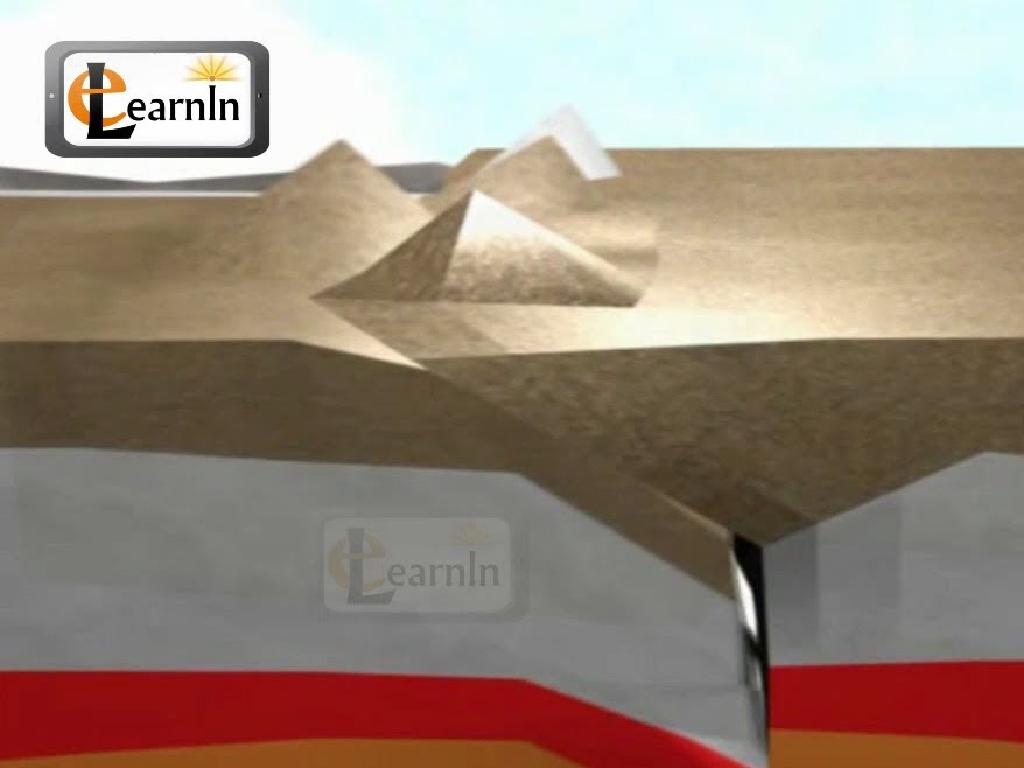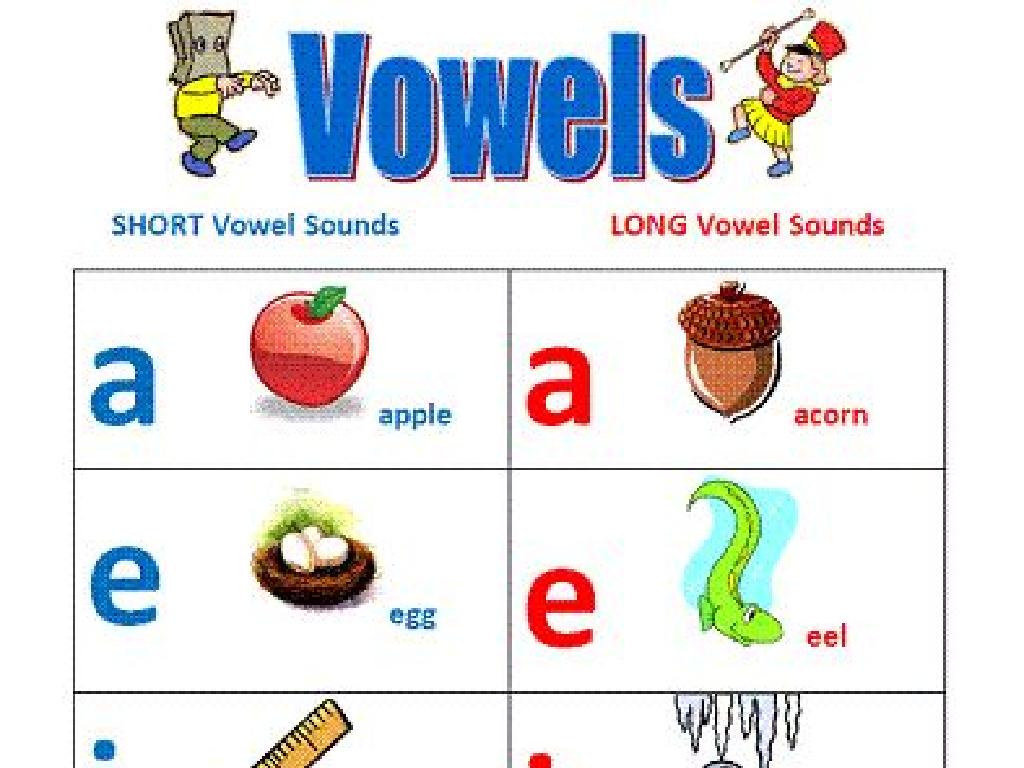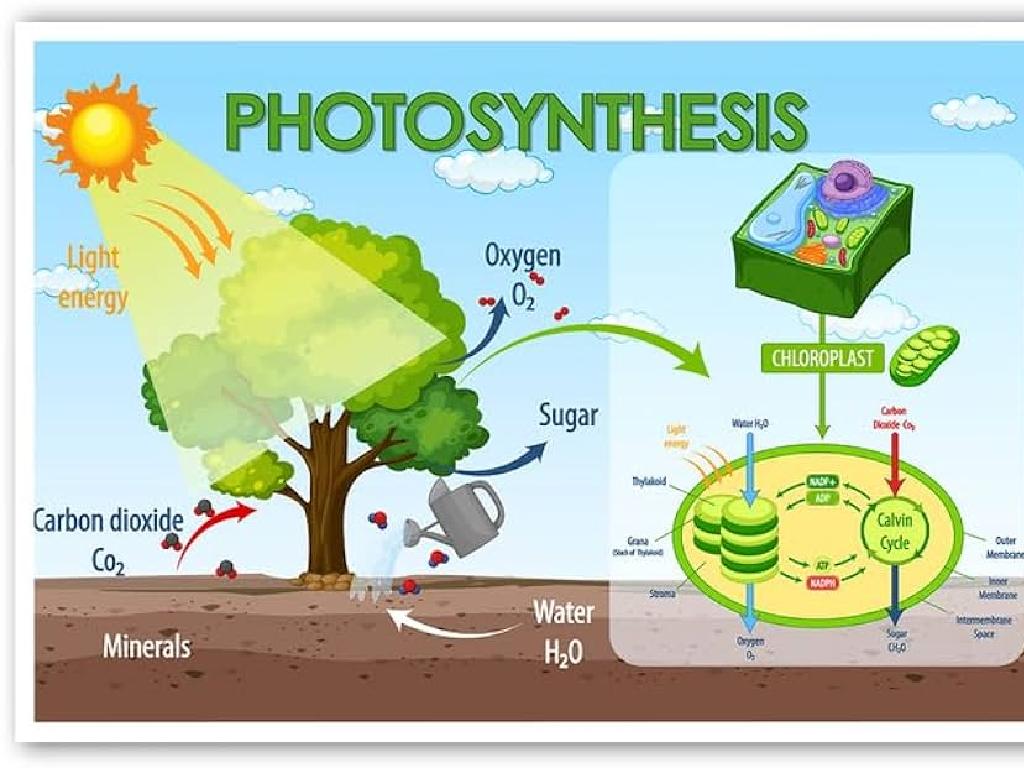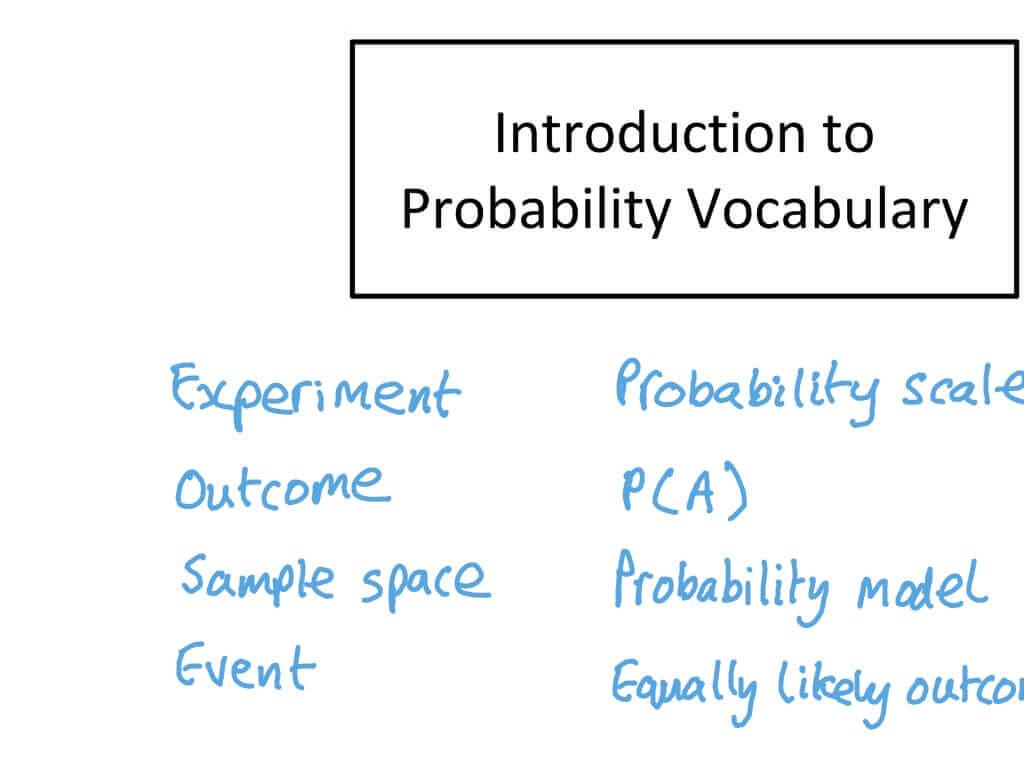Complete The Rhyme
Subject: Language arts
Grade: Second grade
Topic: Rhyming
Please LOG IN to download the presentation. Access is available to registered users only.
View More Content
Welcome to Rhyming!
– Understanding rhyming
– Rhyming is when words have the same ending sound.
– Reasons behind word rhymes
– Words rhyme to create rhythm and make poems and songs sound pleasant.
– Examples of rhyming pairs
– Cat and hat, bee and tree, sun and fun are rhyming words.
– Practice rhyming with fun
– We’ll play rhyming games to learn and enjoy!
|
This slide introduces the concept of rhyming to second graders, explaining that rhyming words have the same ending sounds. Discuss why rhyming is important, such as its role in making songs and poems more enjoyable to listen to and easier to remember. Provide clear examples of rhyming words and encourage students to come up with their own examples. Engage the class with interactive rhyming activities, such as finding rhyming words in a story or creating a rhyming word wall. This will help students recognize and produce rhyming words, an essential skill in language arts.
Rhyme Time: Matching Sounds
– Rhyming words end the same way
– Rhymes add rhythm to poetry
– Like ‘cat’ and ‘hat’ make a beat in a song
– We’ll listen to rhymes together
– I’ll say a word, you think of its rhyme
– Get ready to find rhymes
|
This slide introduces the concept of rhyming to second graders, emphasizing the importance of the ending sound in creating rhymes. Explain that rhyming words are like a drumbeat in a song, giving poetry its musicality. Engage the class by saying a word out loud and having them listen and then come up with a rhyming word. This interactive approach will help them understand and enjoy the concept of rhyming. Prepare a list of words that are commonly used in children’s poetry and songs to use as examples. Encourage the students to listen carefully to the ending sounds and think of as many rhyming words as they can.
Rhyme Time: Matching Game
– Rhymes in poems, songs, stories
– Some rhymes are obvious, some hidden
– Let’s play a matching game
– I’ll say a word, find its rhyme partner
– Find pairs of rhyming words
– Listen carefully and think of words that sound similar
|
This slide introduces the concept of rhyming to second graders and sets up a class activity. Begin by explaining that rhymes are words that sound the same at the end and can be found in various forms of literature and everyday language. Highlight that while some rhymes are straightforward, others may require more thought to identify. The matching game activity involves the teacher saying a word out loud, and students finding another word that rhymes with it. For example, if the teacher says ‘cat,’ students could respond with ‘hat.’ Prepare a list of words with corresponding rhymes to guide the activity. Encourage students to listen to the sounds of the words rather than just the spelling. This activity will help students develop phonemic awareness and enjoy the musicality of language.
Creating Our Rhymes
– You can create rhymes
– Start with one word
– Think of any word you like
– Find a rhyming partner
– What sounds like your word?
– Let’s make rhymes together
– We’ll write a pair of lines as examples
|
This slide is designed to inspire students to engage in the creative process of rhyming. Encourage them to think of a word they like and then brainstorm words that sound similar to create a rhyme. This activity can be done individually or with a partner to promote collaboration. As a class, work together to create a couple of rhymes, demonstrating the process step by step. For example, if the chosen word is ‘cat,’ students might come up with ‘hat,’ ‘bat,’ or ‘mat.’ Guide them to form complete rhyming lines, such as ‘The cat in the hat sat on a mat.’ Provide additional support and examples as needed and ensure that each student has the opportunity to contribute and share their rhymes.
Complete the Rhyme Activity
– I’ll start a rhyme for you to end
– Your line should rhyme with mine
– Listen for the matching sounds
– Words at the end of lines should sound similar
– Let’s make our poem shine!
|
This slide introduces an interactive class activity focused on rhyming skills. Start by explaining that rhymes are pairs of words that sound alike at the end, like ‘cat’ and ‘hat’. Read the beginning of a rhyme aloud and ask the students to listen carefully to the ending sound. Then, invite them to come up with their own ending lines that rhyme with yours. Encourage creativity and praise their efforts to build confidence. Possible activities: 1) Pair students to create rhymes together. 2) Have a rhyme relay where each student adds a line. 3) Create a class poem with each student contributing a line. 4) Use objects or pictures as prompts for rhyming words. 5) Hold a rhyme challenge with fun rewards.
Rhyme Challenge: Tricky Words!
– Let’s find rhymes for tricky words
– What rhymes with ‘orange’?
– Hint: Think of words that sound similar
– What rhymes with ‘purple’?
– Hint: Words don’t have to be perfect matches
– We’ll solve these rhymes together
– It’s a tough challenge, but fun!
|
This slide introduces a rhyming challenge that encourages creativity and collaboration among second-grade students. The task is to find rhyming words for ‘orange’ and ‘purple,’ which are notoriously difficult to rhyme. While there may not be perfect rhymes for these words, the activity is designed to get students thinking about similar sounds and near rhymes. Encourage them to think outside the box and come up with creative solutions. During the activity, guide them to consider words with similar endings or sounds, even if they are not exact rhymes. This exercise will help them understand that rhyming isn’t always straightforward and can be a fun, collaborative process.
Class Activity: Rhyme Scavenger Hunt
– Let’s hunt for rhymes in our room!
– Find objects rhyming with given words
– If I say ‘cat’, look for a ‘hat’ or a ‘bat’!
– Team up with a buddy for rhyme-finding
– List all the rhymes you discover
– Write them down, maybe you find a ‘crown’!
|
This interactive class activity is designed to help students recognize and produce rhyming words, an essential skill in language arts. Set up the classroom with various objects that can rhyme with the words you plan to give. Encourage students to work in pairs to foster teamwork and communication. Provide them with a list of words and ask them to find and write down objects that rhyme with those words. For example, if the word is ‘sock’, students might find ‘clock’ or ‘block’. After the activity, have each pair share their list of rhymes with the class. This will not only reinforce their understanding of rhymes but also allow them to learn from each other. Possible words to use: ‘pen’, ‘book’, ‘chair’, ‘door’. Remember to praise their efforts and creativity!
Share Your Rhymes
– Share rhymes with the class
– Explain why they rhyme
– Words rhyme when they have the same ending sound, like ‘cat’ and ‘hat’.
– Contribute to our rhyme chart
– We’ll add your rhymes to our big chart on the wall.
– Celebrate our rhyming skills
|
This slide is for a class activity where students will share the rhymes they have discovered. Encourage each student to explain the reasoning behind their chosen rhymes, focusing on the similarity in sounds at the end of the words. As they share, add their examples to a class rhyme chart, which will serve as a visual aid and reference for the students. This activity will help reinforce their understanding of rhyming patterns and sounds. Provide positive feedback and celebrate all contributions to foster a supportive learning environment. For the teacher: Prepare a large chart paper with columns for words that rhyme, and be ready to assist students in articulating why their chosen words rhyme.
Rhyme Time Roundup
– Congratulations on learning rhymes!
– Practice by finding and creating rhymes
– Try rhyming with your favorite words
– Rhymes add fun to reading and writing
– Rhymes make stories and poems sound better
– Keep rhyming and become a rhyme master
|
This slide is meant to wrap up the lesson on rhyming. It’s important to praise the students for their effort and encourage them to continue practicing their rhyming skills. Emphasize that rhyming can make both reading and writing more enjoyable and engaging. Encourage them to look for rhymes in their favorite books or songs, and to try writing their own short rhyming poems or stories. Remind them that the more they practice, the better they’ll get at recognizing and coming up with rhymes, which is a valuable skill for literacy.






